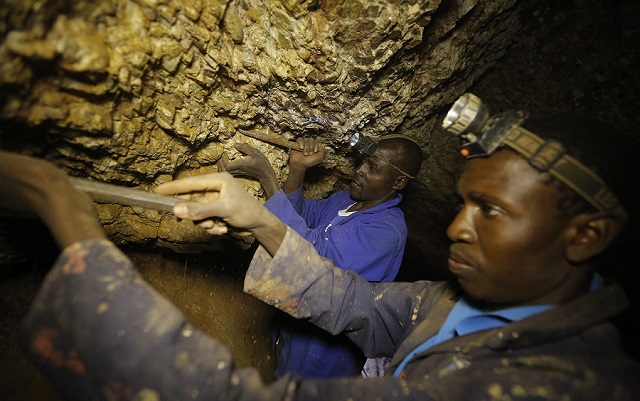
Uganda experienced a significant gold rush starting in the early 2000s, particularly in the eastern part of the country, around Busia, Karamoja, and other regions. The discovery of gold deposits attracted many people hoping to strike it rich. Here’s an overview of the gold rush in Uganda:
History of the Gold Rush in Uganda
- Initial Discovery: In the early 2000s, gold deposits were discovered in different parts of Uganda, leading to a boom in small-scale and artisanal mining. This activity grew, attracting miners not only from within Uganda but also from neighboring countries.
- Regions Affected: Key regions involved in gold mining include Karamoja, Busia, Mubende, and Buhweju. These areas became hotspots for artisanal miners, small-scale operations, and later, industrial mining efforts.
Impact on the Local Population
- Economic Opportunities: The gold rush brought significant economic activity to rural and impoverished areas. Local populations turned to artisanal mining to earn livelihoods, often using rudimentary tools and techniques.
- Migration: Thousands of people, both from Uganda and neighboring countries, migrated to these gold-rich areas in hopes of finding work or fortune.
- Environmental and Social Issues: The rush led to environmental degradation, deforestation, water pollution from mercury use, and hazardous working conditions. Additionally, disputes over land rights and mining licenses created tensions between local communities, artisanal miners, and large-scale mining companies.
Government and Regulatory Response
- The Ugandan government has made efforts to regulate the gold mining sector. In recent years, there have been attempts to formalize artisanal mining and create more stringent guidelines for environmental protection and worker safety.
- The Uganda Chamber of Mines and Petroleum was established to promote the responsible development of the mining industry, including gold. However, the artisanal sector remains largely informal, with challenges related to licensing, safety, and environmental regulations.
International Interests
- Foreign Investment: The gold rush has attracted international mining companies. Some companies have obtained exploration and mining licenses to exploit Uganda’s gold resources.
- Exports: Uganda’s gold exports have increased dramatically, making gold one of the country’s largest sources of foreign exchange. However, concerns about smuggling and illegal mining persist, particularly given Uganda’s proximity to conflict zones in the Democratic Republic of Congo (DRC), which also has significant gold resources.
Gold as a Strategic Resource
- In recent years, Uganda’s government has taken steps to formalize the gold sector, seeing it as a strategic resource for economic growth. Uganda has been positioning itself as a regional hub for gold refining, with companies setting up refineries in Kampala and other areas.
- Despite these efforts, much of Uganda’s gold trade remains opaque, with significant concerns over illegal mining and smuggling from neighboring countries, particularly from conflict regions.
In summary, Uganda’s gold rush has brought both opportunities and challenges. While the sector has provided livelihoods for many, it has also led to environmental degradation, social conflicts, and governance challenges.